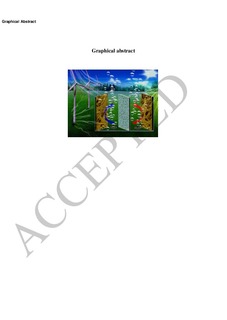| dc.contributor.author | Wang, Zining | |
| dc.contributor.author | Wang, Hui | |
| dc.contributor.author | Ji, Shan | |
| dc.contributor.author | Wang, Xuyun | |
| dc.contributor.author | Pollet, Bruno | |
| dc.contributor.author | Wang, Rongfang | |
| dc.date.accessioned | 2019-11-04T14:49:40Z | |
| dc.date.available | 2019-11-04T14:49:40Z | |
| dc.date.created | 2019-10-28T07:00:57Z | |
| dc.date.issued | 2019 | |
| dc.identifier.issn | 0378-7753 | |
| dc.identifier.uri | http://hdl.handle.net/11250/2626468 | |
| dc.description.abstract | Combining renewable energy technologies with water electrolyzers to produce green hydrogen should provide a very promising strategy for future sustainable and pollution-free energy supply. In this study, 3-D Ni3S2@Co(OH)2 nanowires with core-shell structure, which are directly fabricated on nickel (Ni) foam, are developed as a bifunctional catalyst for oxygen evolution reaction (OER) and hydrogen evolution reaction (HER). In such a core-shell structure, the ultrathin α-Co(OH)2 layer of nanosheets (shell) are uniformly wrapped around the Ni3S2 nanowires (core). It is found that the obtained 3-D Ni3S2@Co(OH)2 nanowires could provide large electrochemical surface areas for the electrocatalytic reactions, and further resulted in enhanced electrocatalytic performance. The as-prepared catalyst exhibits a low onset potential and low resistance of charge transfer as well as excellent stability towards the HER. In terms of the onset potential and stability towards the OER, it is observed that the Ni3S2@Co(OH)2 is comparable to that of the RuO2. Due to its well-defined bifunctionality, it is found that an as-prepared water electrolyzer with Ni3S2@Co(OH)2 as a bifunctional catalyst for HER and OER could deliver a constant cell voltage of 1.64 V at the current density of 10 mA cm−2 for 100 h. | nb_NO |
| dc.language.iso | eng | nb_NO |
| dc.publisher | Elsevier | nb_NO |
| dc.rights | Attribution-NonCommercial-NoDerivatives 4.0 Internasjonal | * |
| dc.rights.uri | http://creativecommons.org/licenses/by-nc-nd/4.0/deed.no | * |
| dc.title | Multidimensional regulation of Ni3S2@Co(OH)2 catalyst with high performance for wind energy electrolytic water | nb_NO |
| dc.type | Journal article | nb_NO |
| dc.type | Peer reviewed | nb_NO |
| dc.description.version | acceptedVersion | nb_NO |
| dc.source.journal | Journal of Power Sources | nb_NO |
| dc.identifier.doi | 10.1016/j.jpowsour.2019.227348 | |
| dc.identifier.cristin | 1740987 | |
| dc.description.localcode | © 2019. This is the authors’ accepted and refereed manuscript to the article. Locked until 31.10.2021 due to copyright restrictions. This manuscript version is made available under the CC-BY-NC-ND 4.0 license http://creativecommons.org/licenses/by-nc-nd/4.0/ | nb_NO |
| cristin.unitcode | 194,64,25,0 | |
| cristin.unitname | Institutt for energi- og prosessteknikk | |
| cristin.ispublished | true | |
| cristin.fulltext | postprint | |
| cristin.qualitycode | 1 | |

